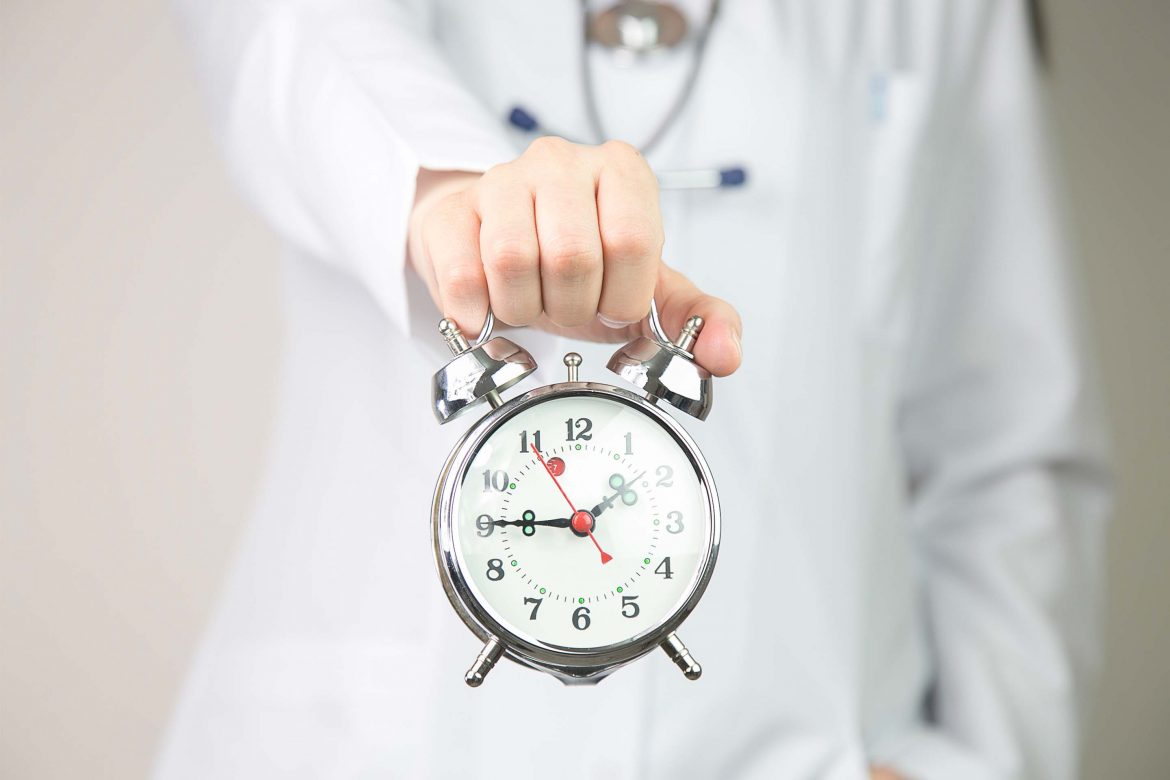In order to ensure high-quality of treatment and patient safety, the nursing staff must have the required information present exactly when it is needed. This means immediate access to vital information related to the patient’s care. The information must also be adequately comprehensive, unambiguous and ready to use.
Ensuring patient safety requires a common effort and strong cooperation between different parties and professionals, both within the hospital as well as between the patient and the entire healthcare system. An uninterrupted flow of up-to-date information is the cornerstone of patient safety.
Patient information is genuinely up to date if it can be entered and viewed immediately during an event related to the patient’s treatment at the point of care, and the information is made available to all parties involved in the treatment process simultaneously.
Delayed Information Flow Can Cause Errors
The more time there is between the care event and the related documentation, the more likely it is that there are errors in the documentation. Various hand-written notes and messages are still very common in documentation processes. [1]. Hand-written information, manual documentation and copying and managing information in different information systems increase the likelihood of errors and related risks [cf., for example, 2].
Delayed documentation also jeopardises the flow of information between the staff. Poor documentation and information flow typically cause adverse events [1]. The timeliness, comprehensiveness and unambiguity of information is vital, especially if the care unit applies a so-called silent reporting system where nurses beginning their shifts receive the required information primarily in written format [cf. 2].
Ultimately, delayed or poor documentation has an effect on the quality of treatment. It also generates unnecessary administrative costs.
Up-to-date information allows for identifying the signs of a patient’s deteriorating condition earlier than before, freeing up the nursing staff’s time and planning the allocation of staff and resources better [3].
Access to up-to-date information and the possibility to access this information everywhere are invaluable assets for everyone working in the healthcare sector. The quality of the treatment process is improved if all clinical information, such as observation values and past procedures, is always available. Visual summary illustrations make it easier to determine the overall situation of both individual patients and entire wards.
Everyone Benefits from Updated Information
Physicians, nurses and other members of the nursing staff benefit from up-to-date information by being able to make more informed decisions in a care setting. This is an important factor in providing patients with high-quality treatment. If it is possible to browse and document information next to the patient during a care event, the nurse can spend more time with the patient instead of sitting at a computer in an office. The information is also made immediately available to physicians.
Hospitals and primary healthcare units will be happy to hear that the instant flow of information also generates savings. If up-to-date patient information can be browsed and documented in the patient’s room, the nursing staff has more time and resources to be allocated to actual work with patients.
Up-to-date information also benefits patients as it supports their goal of receiving high-quality, safe treatment. If the signs of a patient’s deteriorating condition can be detected early enough, any adverse effects and demanding intensive care procedures could possibly be avoided altogether. The comprehensive health information of a patient helps physicians and the nursing staff to minimise the use of unnecessary tests and examinations, which is only possible if they have access to the required information at the right time.
The blog post was originally published on 22 August 2017 and thoroughly updated on 7 December 2020.
SOURCES:
[1] Lehtinen V. & Niemi, M. 2017. The Significance of Documentation to Patient Safety. An Inquiry to the Nursing Staff of South Savo Social And Health Care District. Thesis. Retrieved on 7 December 2020. https://www.theseus.fi/bitstream/handle/10024/124853/potilasturvallinen%20kirjaaminen%20huhtikuu.pdf?sequence=1&isAllowed=y
[2] Mikkonen, H. 2012. Toward Better Patient Security by Quality Management: Developing the Booking of Nursing Care. Thesis. Retrieved on 7 December 2020. https://www.theseus.fi/bitstream/handle/10024/48942/Mikkonen_Hanna.pdf?sequence=1&isAllowed=y
[3] Nursing Times. 2015. How real-time data can improve patient care. Retrieved on 7 December 2020 https://www.nursingtimes.net/clinical-archive/patient-safety/how-real-time-data-can-improve-patient-care-21-09-2015/
